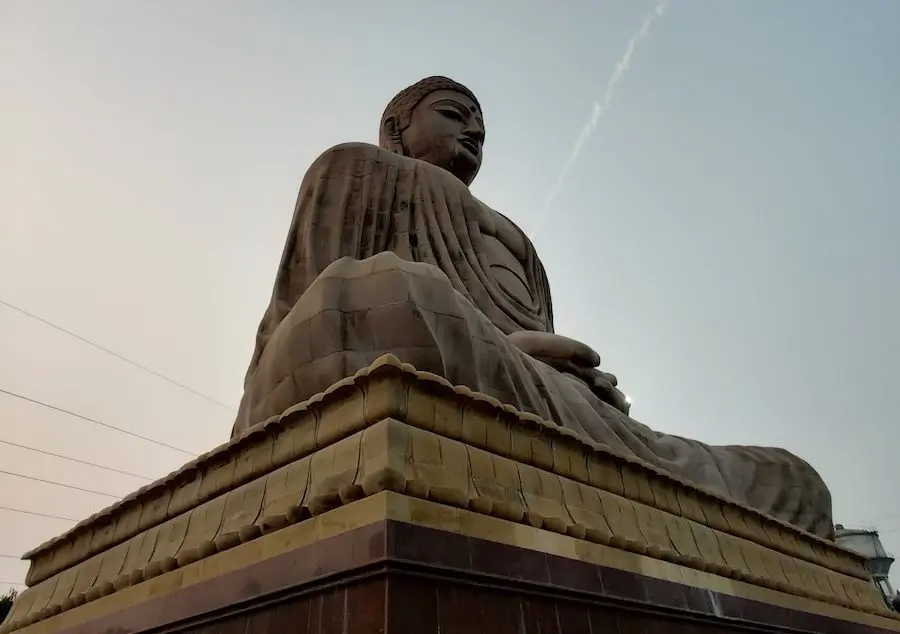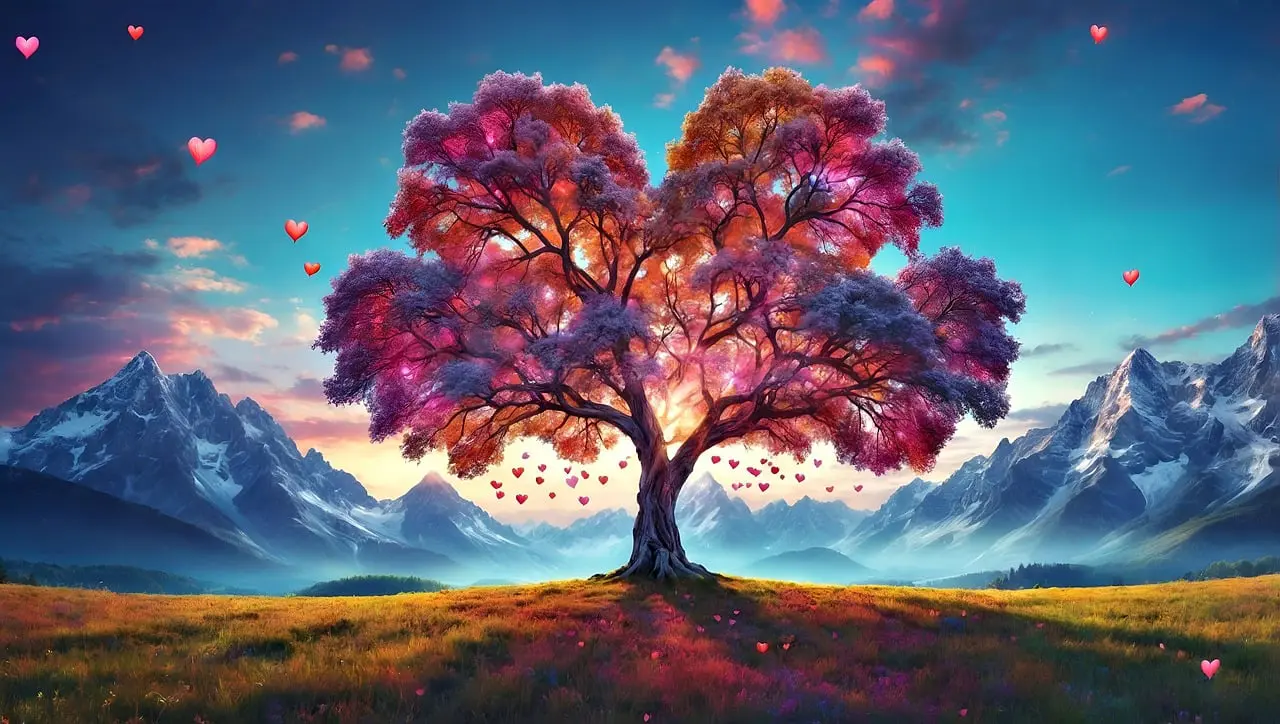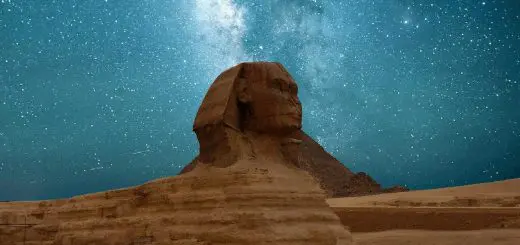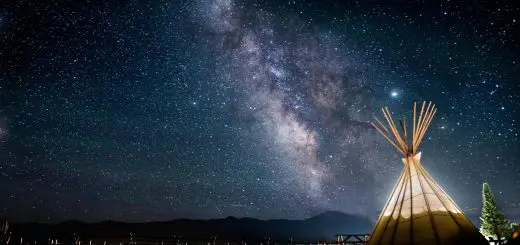Exploring the Spiritual Significance of Bodh Gaya

Looking for more amazing products? Check out our online store and explore our collection here! Happy shopping!
Before diving in, please note: This post is for informational purposes only. If you’d like to know more about how we approach topics, feel free to check out our friendly Disclaimer Page.
Hey there, amazing readers! 
We’re committed to delivering quality posts, and your support (even just sticking around despite the ads) means everything to us. So, bear with us, and thanks for helping us keep the good vibes rolling. Now, on to the fun stuff!
TRANSLATE BUTTON AT THE END OF THE ARTICLE
Bodh Gaya, a place of profound spiritual significance, stands as a testament to the enlightenment of one of the world’s most revered spiritual leaders, Gautama Buddha.
This article delves deep into the spiritual meaning of Bodh Gaya, the site where Buddha found enlightenment.
We will explore the history, the symbolism, and the impact this sacred location has had on countless seekers of truth throughout the ages.
The Historical Background
To understand the spiritual significance of Bodh Gaya, we must first journey back in time to the 6th century BCE.
It was here, under the Bodhi tree, that Prince Siddhartha Gautama attained enlightenment, becoming the Buddha.
This momentous event marks the birth of Buddhism as a distinct spiritual path and has since drawn pilgrims and seekers from all corners of the globe.
The Bodhi Tree
The heart of Bodh Gaya, the Bodhi tree, is said to be a descendant of the original tree under which the Buddha sat during his meditation.
The tree symbolizes awakening and the impermanence of life.
Its lush green leaves rustle in the wind, whispering the timeless wisdom of the Buddha to all who visit.
The Mahabodhi Temple
The Mahabodhi Temple, an architectural masterpiece, stands as a guardian of the Bodhi tree and is a UNESCO World Heritage Site.
It is not just a historical relic but a living testament to the enduring spiritual legacy of the Buddha.
The Niranjana River
The tranquil Niranjana River flows near Bodh Gaya, providing a peaceful backdrop to this sacred site.
It is believed that the Buddha, in his weakened state after years of asceticism, bathed in the river before proceeding to the Bodhi tree to attain enlightenment.
The Spiritual Journey
Visiting Bodh Gaya is not merely a physical journey but a spiritual one.
Pilgrims and travelers come here seeking their own enlightenment and inner peace.
The place itself seems to resonate with an energy that has the power to transform.
Meditation and Contemplation
Bodh Gaya offers a serene and contemplative environment.
Visitors are encouraged to meditate and reflect upon their lives, just as the Buddha did under the Bodhi tree.
This practice helps individuals connect with their inner selves and seek answers to life’s profound questions.
The Power of Meditation
Meditation is at the core of the spiritual experience in Bodh Gaya.
It is in the stillness of meditation that many pilgrims report having profound insights and experiences.
The very air seems charged with the collective energy of countless meditators.
Insights into the Self
Through meditation, visitors may gain insights into the nature of suffering, impermanence, and the path to liberation.
It is a process of self-discovery that can be both challenging and liberating.
Dharma Chakra
The Dharma Chakra, or the Wheel of Dharma, is a prominent symbol in Bodh Gaya.
It represents the Buddha’s first sermon, where he set in motion the “Wheel of Dharma.” It serves as a reminder of the path of righteousness and the cycle of life, death, and rebirth.
The Eightfold Path
The Wheel of Dharma is a powerful reminder of the Eightfold Path, a set of ethical and mental guidelines that the Buddha taught as the way to end suffering.
Visitors often contemplate these principles during their visit.
The Cyclic Nature of Life
The wheel’s revolving nature symbolizes the cycle of birth, death, and rebirth.
It reminds us of the impermanence of all things and the importance of breaking free from this cycle through enlightenment.
A Global Spiritual Hub
Bodh Gaya transcends geographical boundaries and religious affiliations.
It is a place where people of all faiths and backgrounds converge, making it a global spiritual hub.
Interfaith Dialogue
Bodh Gaya encourages interfaith dialogue and promotes a sense of unity among diverse spiritual traditions.
It serves as a symbol of harmony, reminding us that the core teachings of all religions share a common thread of love, compassion, and inner transformation.
The Gathering of Cultures
One can witness a rich tapestry of cultures and traditions in Bodh Gaya.
Pilgrims from Asia, Europe, the Americas, and beyond come together to celebrate the teachings of the Buddha.
The Unity of Spiritual Paths
The convergence of various faiths in Bodh Gaya exemplifies the universal nature of spirituality.
Regardless of one’s religious beliefs, the pursuit of enlightenment is a common aspiration.
The Universal Message
The spiritual significance of Bodh Gaya lies in its universal message.
It teaches us that enlightenment is not limited to one religion or one culture.
It is a timeless truth accessible to all who seek it with an open heart.
The Four Noble Truths
The core teachings of Buddhism, encapsulated in the Four Noble Truths, resonate with many visitors.
These truths address the nature of suffering, its causes, its end, and the path to its end.
The Goal of Ending Suffering
Bodh Gaya serves as a reminder that the ultimate goal of spiritual practice is the cessation of suffering and the realization of inner peace.
The Impact on Personal Transformation
Visiting Bodh Gaya is a transformative experience for many.
The spiritual energy of the place often leads to profound personal changes.
Inner Peace and Serenity
Pilgrims often find a sense of inner peace and serenity in Bodh Gaya.
The spiritual vibrations of the place help individuals shed the burdens of their daily lives and connect with their inner selves.
The Healing Effect
The energy of Bodh Gaya is often described as healing.
Many visitors report a sense of rejuvenation and clarity after their visit.
A Break from the Mundane
The serene atmosphere of Bodh Gaya allows individuals to take a break from the hustle and bustle of daily life and connect with their inner selves.
Rebirth of Spirituality
For some, a visit to Bodh Gaya reignites their spiritual journey.
They return home with a renewed dedication to their faith or a new-found interest in exploring their spiritual path.
A Return to Faith
Visitors often find that their experience in Bodh Gaya strengthens their faith or brings them back to the spiritual path they had strayed from.
B. Exploring New Horizons
For others, the visit sparks an exploration of new spiritual practices and philosophies, leading to personal growth and transformation.
The Significance of Rituals
Rituals and practices in Bodh Gaya play a crucial role in the spiritual journey of the visitors.
Circumambulation
Circumambulating the Mahabodhi Temple or the Bodhi tree is a common practice.
It symbolizes the path of enlightenment and is believed to cleanse the soul.
The Sacred Walk
The act of circumambulation is not just a physical activity; it is a sacred walk, a spiritual journey in itself.
It is a symbolic representation of the path to enlightenment.
Cleansing the Soul
Pilgrims believe that by circumambulating, they cleanse their souls and purify their intentions, preparing them for a deeper spiritual experience.
Offerings and Prayers
Devotees make offerings and offer prayers as a mark of respect and devotion.
These rituals connect them to the teachings of the Buddha and foster a sense of spiritual communion.
The Act of Offering
Offerings are a way of expressing gratitude and reverence.
They serve as a reminder of the importance of generosity and compassion.
Connecting with the Divine
Prayers offered in Bodh Gaya are not just words; they are heartfelt expressions of the innermost spiritual yearnings of the pilgrims.
The Impact on the World
The spiritual meaning of Bodh Gaya goes beyond individual transformation; it has a global impact.
Promotion of Non-Violence
The teachings of the Buddha, which found their roots in Bodh Gaya, promote non-violence and compassion.
These principles have influenced leaders, philosophers, and peace activists worldwide.
The Legacy of Ahimsa
The principle of non-violence, or “Ahimsa,” is a cornerstone of Buddhism.
It has inspired leaders like Mahatma Gandhi, Martin Luther King Jr., and Nelson Mandela in their quests for justice and peace.
A Beacon of Peace
Bodh Gaya remains a beacon of peace in a world often torn by conflict.
It serves as a reminder that peace and enlightenment are attainable, even in the face of adversity.
A UNESCO World Heritage Site
The Mahabodhi Temple Complex, where Bodh Gaya is located, is a UNESCO World Heritage Site.
It stands as a testament to the universal cultural and spiritual significance of the place.
The Protection of Heritage
The recognition as a World Heritage Site ensures the preservation of Bodh Gaya for future generations.
It safeguards the historical and spiritual legacy of the location.
A Site of Global Interest
As a World Heritage Site, Bodh Gaya draws attention from scholars, researchers, and spiritual seekers from around the world, contributing to the global understanding of Buddhism and its teachings.
Conclusion
Bodh Gaya, where Buddha found enlightenment, is not just a place; it is a spiritual journey.
It is a reminder that the path to inner awakening is open to all, regardless of their background or beliefs.
The historical significance, the spiritual energy, and the transformative power of Bodh Gaya make it an eternal source of inspiration for humanity.
FAQ
1.
Is Bodh Gaya open to people of all faiths?
Yes, Bodh Gaya welcomes people of all faiths and backgrounds.
It is a place of universal spiritual significance.
2.
What is the best time to visit Bodh Gaya?
The best time to visit is from October to March when the weather is pleasant and conducive to meditation and exploration.
3.
Are there specific meditation centers in Bodh Gaya?
Yes, there are numerous meditation centers and monasteries in and around Bodh Gaya that offer meditation and retreat programs.
4.
Can I participate in rituals and ceremonies in Bodh Gaya?
Yes, visitors are welcome to participate in rituals and ceremonies, but it’s essential to do so with respect and understanding of their significance.
5.
How do I reach Bodh Gaya?
Bodh Gaya is well-connected by air, road, and rail.
The nearest airport is Gaya Airport, and it’s easily accessible from major Indian cities.
6.
Is there accommodation available in Bodh Gaya?
Bodh Gaya offers a range of accommodation options, from budget to luxury, to suit various preferences and budgets.
7.
Are there any guided tours available for visitors?
Yes, there are guided tours available that provide insights into the historical and spiritual aspects of Bodh Gaya, making the visit more informative and meaningful.
8.
How can one make the most of their visit to Bodh Gaya?
To make the most of your visit, it’s advisable to plan an extended stay, participate in meditation programs, and engage with the local community to gain a deeper understanding of the spiritual significance of the place.
9.
Is it necessary to be a Buddhist to visit Bodh Gaya?
No, it’s not necessary to be a Buddhist to visit Bodh Gaya.
The site welcomes people of all faiths and backgrounds who are interested in exploring its spiritual and cultural significance.
10.
What are the local customs and etiquette that visitors should be aware of?
Visitors to Bodh Gaya should be respectful of local customs and traditions.
This includes dressing modestly when visiting temples and sacred sites, removing shoes before entering certain areas, and refraining from disruptive behavior during meditation and prayer sessions.
It’s also important to seek permission before taking photographs, especially in sensitive areas.
Additionally, adhering to a vegetarian diet while in Bodh Gaya is a sign of respect for Buddhist values.

The Enlightenment Journey is a remarkable collection of writings authored by a distinguished group of experts in the fields of spirituality, new age, and esoteric knowledge.
This anthology features a diverse assembly of well-experienced authors who bring their profound insights and credible perspectives to the forefront.
Each contributor possesses a wealth of knowledge and wisdom, making them authorities in their respective domains.
Together, they offer readers a transformative journey into the realms of spiritual growth, self-discovery, and esoteric enlightenment.
The Enlightenment Journey is a testament to the collective expertise of these luminaries, providing readers with a rich tapestry of ideas and information to illuminate their spiritual path.
Our Diverse Expertise
While our primary focus is on spirituality and esotericism, we are equally passionate about exploring a wide range of other topics and niches 

To ensure we provide the most accurate and valuable insights, we collaborate with trusted experts in their respective domains 
Our blog originally focused on spirituality and metaphysics, but we’ve since expanded to cover a wide range of niches. Don’t worry—we continue to publish a lot of articles on spirituality! Frequently visit our blog to explore our diverse content and stay tuned for more insightful reads.
Hey there, amazing reader! 
Check out our store here and take a peek at some of our featured products below! Thanks for being awesome!











